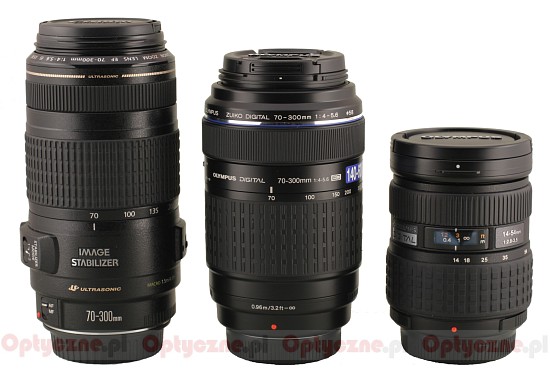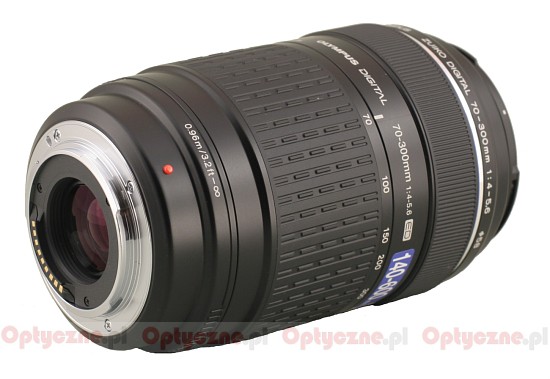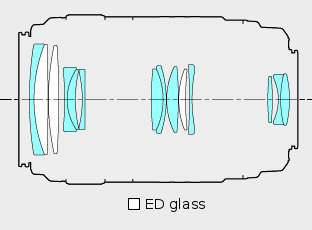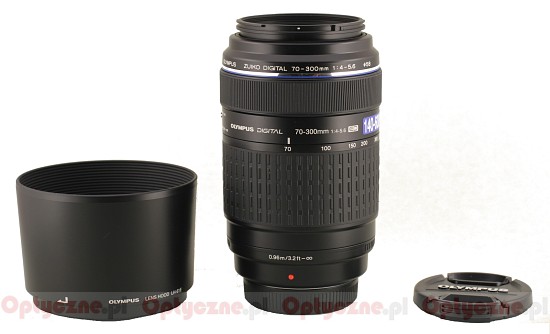Olympus Zuiko Digital ED 70-300 mm f/4.0-5.6
3. Build quality
 |
On the other hand you can’t call the Olympus a flimsy construction. It sticks out among all the lenses, shown in the chart linked above, as the most massive and solid of all. If I had to bet which of them would survive, say, a two-meter fall, I would place my bet on the Olympus. Whether it would really emerge unscathed from such a fall I don’t know, I haven’t tried it yet.
Please Support UsIf you enjoy our reviews and articles, and you want us to continue our work please, support our website by donating through PayPal. The funds are going to be used for paying our editorial team, renting servers, and equipping our testing studio; only that way we will be able to continue providing you interesting content for free. |
- - - - - - - - - - - - - - - - - - - - - - - - - - - - - - - - - - - - - - - - - - - - - - - -
Looking from the metal bayonet mount firstly we see a huge zoom ring on the lens’s barrel, which makes the front element extend with the focal length increase. The ring moves with a resistance a bit bigger than average but nevertheless it allows a comfortable work.
 |
Above the zoom ring there is a thing not so common in ZD lenses, namely an AF/MF switch. On account of different working ranges they decided to use it here. In the AF mode the mechanism can work from 1.2 meters to infinity; in the MF mode – from 0.96 meter to infinity. In this category the Olympus performs better than the Canon and the Nikkor although it is still worse than the Sigma which gives us the 0.95 m minimum distance also in the AF mode. Inside the Olympus we’ll find 14 elements in 10 groups – the amount is exactly the same as in the case of the Sigma and slightly less than in the Canon and in the Nikkor but it doesn’t surprise me much. Image stabilization usually demands more complex systems. The ED letters on the Olympus lens mean the lens sports low-dispersion elements – there are as many as three of them.

The buyer gets both caps and a lens hood included in box.
 |






